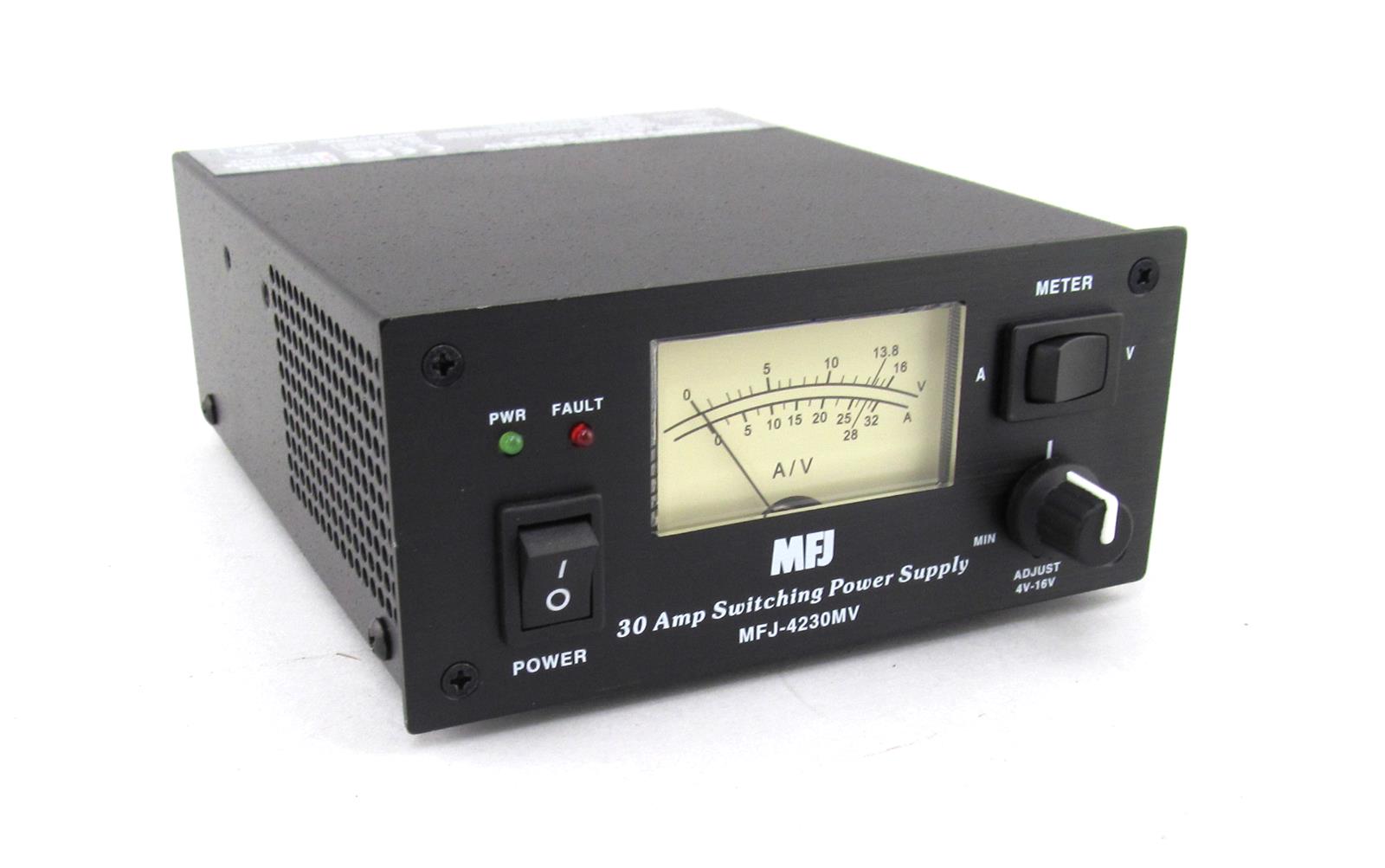I'd be interested in analyzing what's on the charger line in comparison to the onboard systems. Aircraft electrical systems are notorious for noise and power fluctuations from stuff like alternators, servos, strobes, lights and equipment going on and off, landing gears, etc. It would be interesting to see how that onboard bus signal compares to one from a modern smart charger. Unfortunately, watching an oscilloscope inflight would probably detract from things like, oh, flying the plane. I suspect the output from the charger wouldn't be any noisier or dirtier than aircraft power itself. That's why Dynon systems have such robust protection built in for that kind of stuff. I imagine all modern avionics do. How would they survive otherwise? Plus, you could also add a shunt capacitor to the output of the charger if such a concern is that worrisome. 50 microfarads or so should do a decent job.


